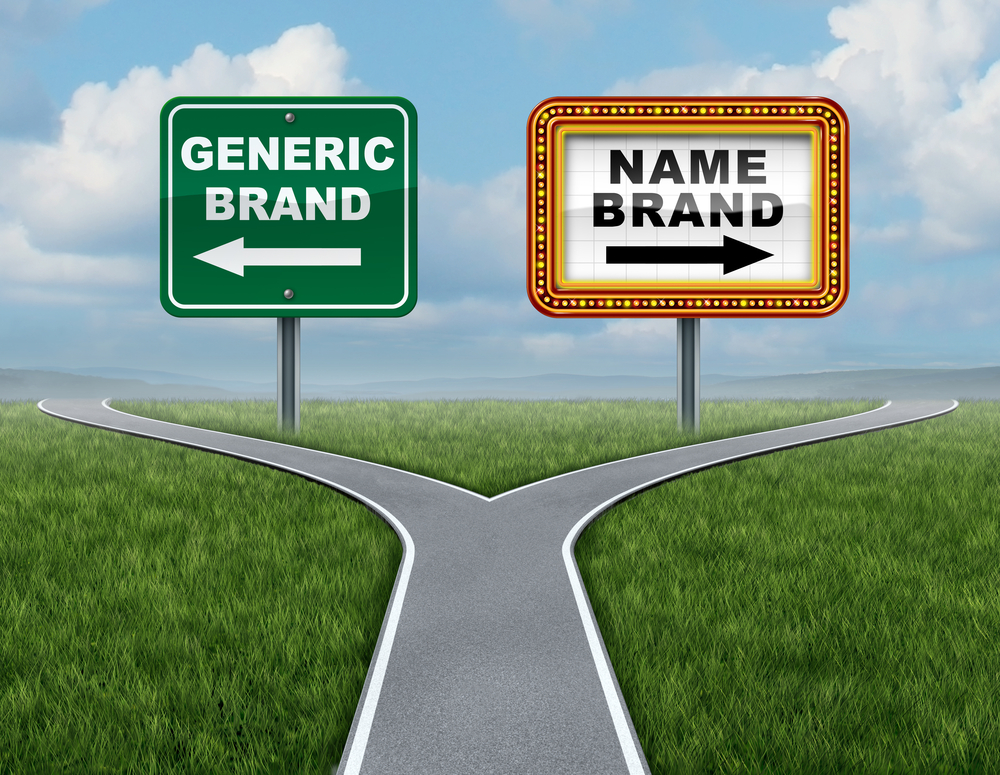Today’s marketing world revolves around creating a brand – which associates with creating a brand name and designing strategies based on the brand set up. But how different is a generic brand?

What is a generic brand?
To simply state, A generic brand is a “no-name brand” that does not have a unique branding strategy. It is opposite to the product brand that we know and is often referred to as a brand that doesn’t have a unique name.
It is usually applied to the products we consume daily and is a requirement for living. These products have their benefits and do not add any value. These products are usually purchased at low prices and are sold at discounts. The competition is very high as the demand for these products doesn’t fall.
As mentioned earlier, A generic brand does not have its brand strategy. Because of no promotional system, these products are less expensive than their branded alternatives.
These brands are primarily prevalent in supermarkets and pharmaceuticals. In the pharma sector, these generic brands are termed “generics”.
The branded and generic brands may be manufactured at identical production houses or lesser-known manufacturing houses. Because of the low price for the same quality, people tend to buy products with a generic brand.
Instances for generic brand
To understand a generic brand, let us look into an example. If you want chocolate, you have two options – you can either buy Cadbury chocolate or get a generic brand of chocolate. Since Cadbury is a well-known chocolate brand, the rate will be higher than generic.
Suppose the generic brand chocolate tastes similar to Cadbury. Naturally, people will opt for the generic brand chocolate as the cost is less for the same quality and taste of the chocolate. In this way, a generic brand wins over branded products.
Variety of products under generic brand
Most of the products under the generic brand are everyday items required daily. People seek quality and low cost for these products; hence, generic brands are more prevalent for such products.
Some of the everyday items of such brands are –
- Dairy products to a certain extent as the brand is very generic.
- Local snacks
- Eatables, chocolates and other items in the supermarket.
The Pharma Industry also has many generic drugs that are found in many formats. Daily personal hygiene products like soaps and detergents
Medicines and drugs in which people are more concerned with the ingredients and their respective proportions rather than the brand name
Medical equipment and other stationery for which people opt for generic alternatives.
Understanding private label brands and their relevance with generic brand
Private labels are also generic brands because they try to replicate successful brands. They also become a direct competition to the branded products in the market.
Why do these brands hold significance?
As mentioned above, these brands are the closest alternatives to a brand-name item. These private label products don’t have a unique name or a known logo. These brands are considered to be house brands. They have very minimal packaging that is essential.
What is the difference between generic brands and brand name generics?
The cost is the significant and relevant difference between these two kinds of brands.
Generic brands compete with the brand names on the cost for the almost same quality. They are a sustainable option for people who cannot afford branded products. These generic products work the same as a branded alternative and have the same ingredients list. They also pass the quality standards.
Another difference is that generic brands don’t have branding or marketing strategies that inherently help them to earn profit even at the lower selling price.
Do generic brands advertise?
The advertisements for generic brands are very nominal and next to non-existent. Advertisement is a massive part of the marketing strategy. It helps to communicate the product to the target audience and creates a brand image in the minds of the prospective buyers.
Without advertisements, a marketing strategy will have no relevance as there is no brand image. However, generic brands don’t go for giant advertisements. This is why you can see these products sold in supermarkets and other famous local retail outlets.
Sometimes, advertisements can backfire on these brands as customers view them as low-quality products.
Packaging
Generic brands have minimal yet easy essential packaging compared to their heavily advertised branded alternatives. This also further helps to reduce the cost of the products.
The target audience of these products is not unique and usually caters to a broad audience who are only concerned about the product and not the packaging. The only thing that matters is the quality and cost of the product.
Hence, the generic products are sold at lesser prices while maintaining the quality and avoiding unnecessary costs to the manufacturing house and the customers.
Our thoughts
Because of their low price, these labels are typically in high demand. They work just as well as the brand-name product. As a result, consumers (especially those on a tight budget) buy this model over more expensive ones.
Despite the price variation, they may be of the same standard as brand stuff. There is a slight variation in nutrition and flavour between them.






